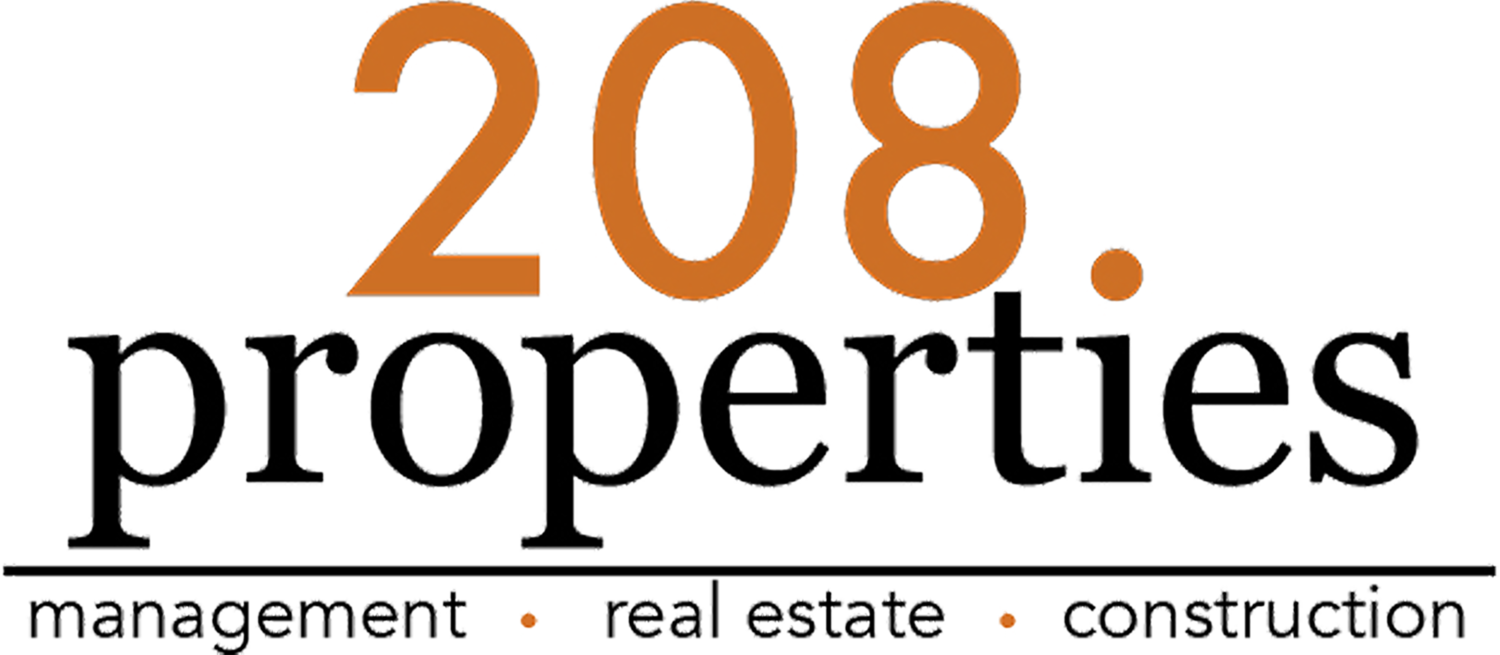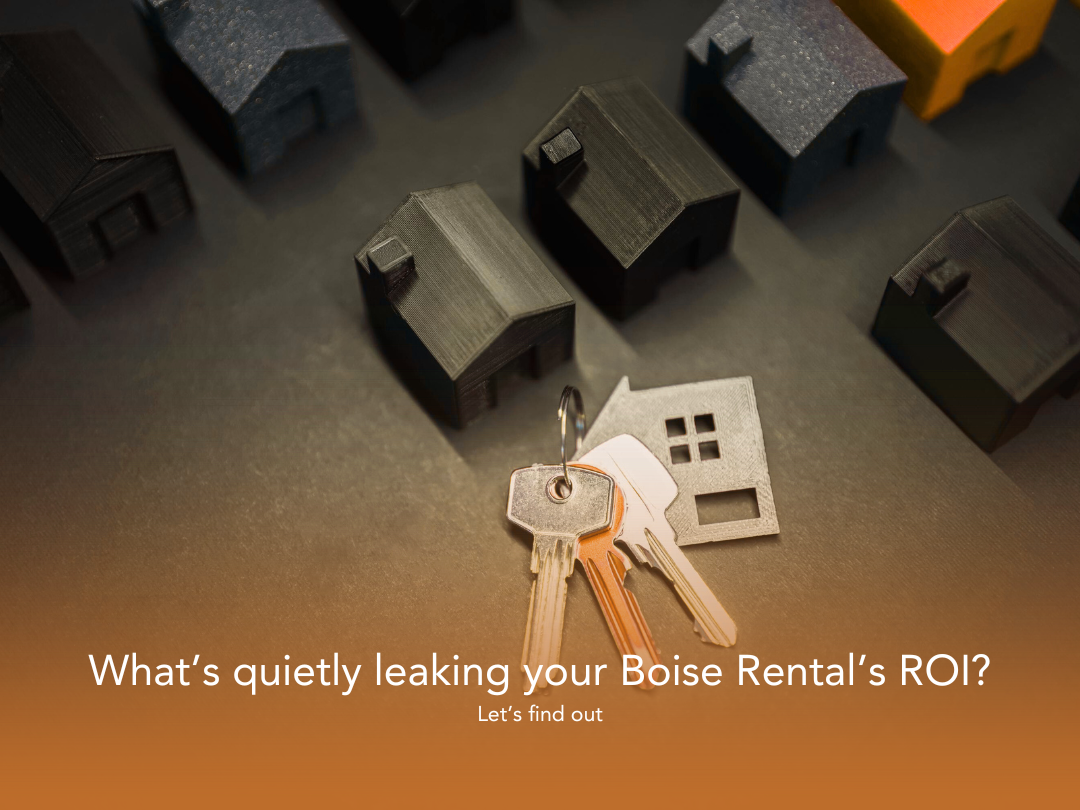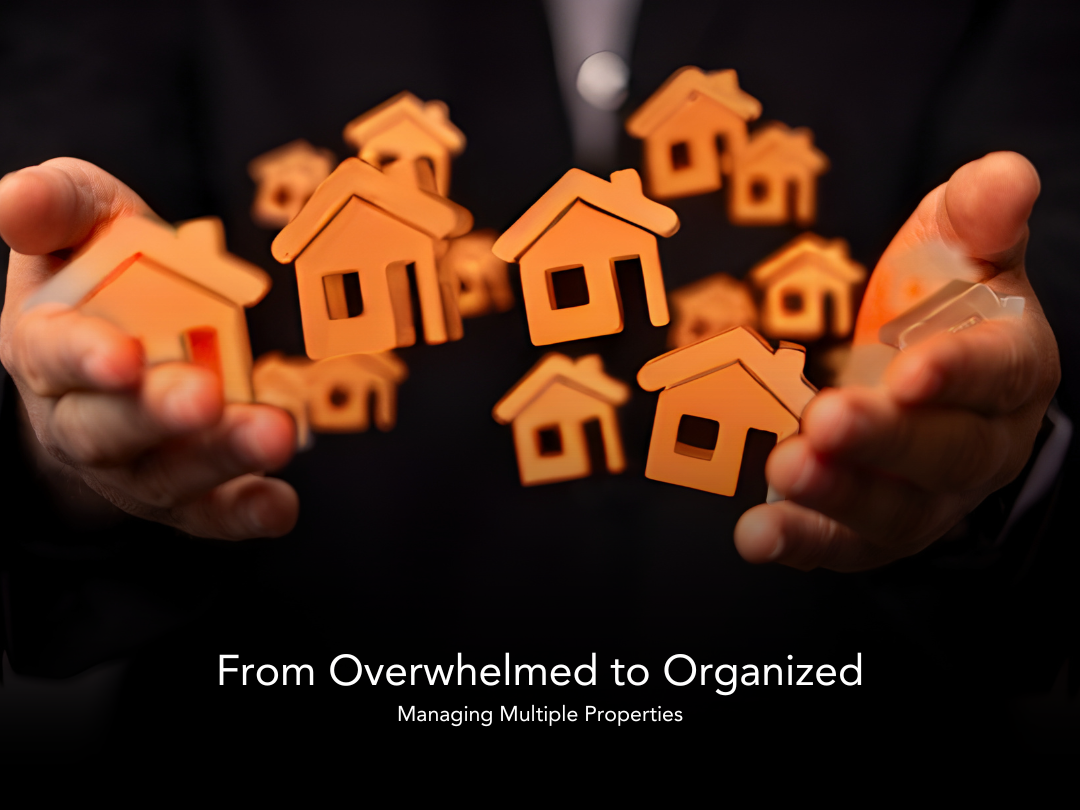To change the air filter in your Rheem air conditioning system, follow these steps:
Turn off the power: Locate the electrical disconnect switch near your outdoor unit and turn it off. This ensures your safety while working on the system.
Find the air filter location: The air filter is typically located in the return air duct or the air handler unit. Check the owner's manual or consult the manufacturer's website for specific instructions on locating the air filter in your Rheem system.
Remove the old filter: Once you have located the filter, remove the access panel or cover. Carefully slide out the old filter from its slot. Take note of the filter's size, as you'll need this information to purchase a replacement.
Clean or replace the filter: If the old filter is reusable and washable, follow the manufacturer's instructions to clean it thoroughly. If it's a disposable filter, discard it and proceed to the next step.
Install the new filter: Take the new filter and slide it into the slot in the same orientation as the previous filter. Make sure it fits snugly and is positioned correctly.
Reassemble and restore power: Put the access panel or cover back in place and ensure it is securely fastened. Then, go to the electrical disconnect switch and turn it on to restore power to your Rheem system.
Regular maintenance: It's recommended to check your air filter regularly, at least once a month, and replace it as needed. Factors such as household pets, construction work, or allergies may require more frequent filter changes.
Remember, if you have any doubts or encounter any issues, it's always best to consult the owner's manual or contact a professional HVAC technician for assistance.
Winter brings a predictable dip in renter activity, but it does not have to sink results. Here is how to navigate the season, sharpen marketing, and use incentives wisely.
Communication is the backbone of property management. Owners want clarity on performance and cash flow. Residents want quick answers and visible progress on requests. The right mix of tools and habits turns communication from a pain point into an advantage.
Busy days calm down when the right tools do the heavy lifting. Here’s how our stack speeds leasing, maintenance, payments, and reporting without adding noise.
Property management is an economic engine in Boise. From steady housing supply to vendor jobs and safer, well-kept neighborhoods, the ripple effects touch residents, owners, and local businesses.
The right software won’t run your business for you, but it will clear roadblocks: rent gets paid on time, work orders stop slipping, and your books match reality. Here’s a straightforward way to evaluate options if you manage rentals in Boise and the Treasure Valley.
Dive into the future of property management in Boise, Idaho, and discover how technology is reshaping the industry. Learn how to leverage the latest trends to future-proof your business, improve tenant satisfaction, and stay ahead of the competition.
A year-round approach to pricing, amenities, maintenance, and communication that reduces vacancy and grows resident satisfaction.
Boise’s seasons change—your playbook can stay simple. Prep the property, plan your leasing moves, and communicate clearly with residents. Use this quick guide to keep cash flow steady from winter to fall.
Learn key factors to consider when choosing a property management company, from reputation and communication to legal compliance and technology integration.
Real estate investment in Boise is more than just purchasing a property. It requires understanding what makes a neighborhood desirable and how these features can translate to higher rental income.
Managing multiple properties can be a demanding task for property owners. With numerous responsibilities and duties to juggle, finding efficient ways to save time and streamline processes is essential.
Learn how 208.properties’ Client Review Process helps landlords and investors in Boise make smart decisions for better returns and long-term success.













